the allied health professional should not administer medications
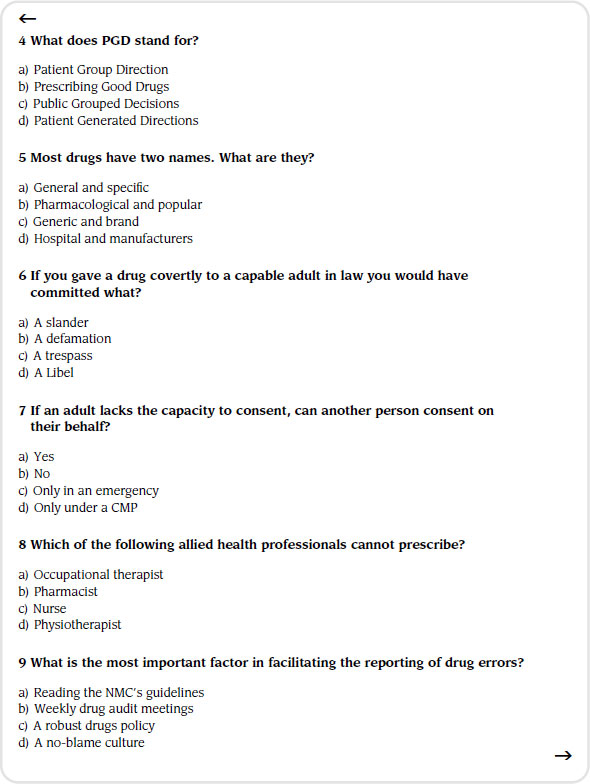 Legal and professional issues | Basicmedical Key
Legal and professional issues | Basicmedical KeyChapter 1. Infection Control 2. Patient assessment character 3. Handling, Positioning and Transfer of Safe Patients 4. Care for the wounded 5. Oxygen therapy 6. Administration of Non-Pateral Medicines Chapter 7. Parental Medicines Administration Mechanism 8. Intravenous TherapyChapter 9. Monitoring of blood glucose Chapter 10. Tubes and accessories 6. Administration of non-parateral drugs 6.2 Administration of safe medicines In the often recited book of the Institute of Medicine to Err Is Human: Building a Safer Health System (Kohn, Corrigan, " Donaldson, 2000), it is estimated that approximately 1.5 million preventive adverse events (ADEs) occur annually. The Joint Commission (JC) defines drug errors as any preventable event that may cause drug abuse or endanger patient safety (CJT, 2012). Drug errors are the number one error in medical care (CDC Centers for Disease Control, 2013). The safe and accurate administration of drugs is an important and potentially challenging responsibility in the nursing. Drug administration requires good decision-making skills and clinical trial, and the nurse is responsible for ensuring full understanding of drug administration and its implications for patient safety. Drug errors have a substantial impact on health care in Canada (Butt, 2010). When preparing and administering medications, and evaluating patients after receiving medication, always follow the agency's policy to ensure safe practice. Table 6.1 for guidelines for the administration of safe medicines. Table 6.1 Guidelines for the administration of safe medicines Security considerations: Principle Additional information Be careful when preparing medications. Avoid distractions. Some agencies have a non-intervention zone (NIZ), where healthcare providers can prepare uninterrupted medicines. Check allergies. Always ask the patient about allergies, types of reactions and severity of reactions. Use two patient identifiers at all times. Always follow the agency policy for patient identification. Use at least two patient identifiers before administration and compare against the MAR. The evaluation comes before the administration of drugs. All medications require an evaluation (review of laboratory values, pain, respiratory evaluation, heart evaluation, etc.) before the administration of medications to ensure that the patient receives the right medication for the right reason. Be diligent in all drug calculations. Miscalculations of medicines have contributed to dose errors, especially when adjusted or titted doses. Avoid relying on memory; use checklists and memory aids. Memory slips are caused by lack of attention, fatigue, distractions. Mistakes are often called care behaviors when lack of formation or knowledge is the cause of error. The slips represent most of the mistakes in health care. If possible, follow a standard set of steps for each patient. Contact your patient before and after administration. Provide information to patients about the medication before administering it. Answer questions about use, dosage and special considerations. Give the patient the opportunity to ask questions. Include family members if appropriate. Avoid work solutions. A work solution is a process that overcomes a procedure, a policy or a problem in a system. For example, a nurse can "borrow" a drug from another patient while waiting for the pharmacy to fill out an order. These measures do not follow the agency's policy to ensure safe drug practices. Ensure that the medication has not expired. Medicines can be inactive if they are expired. Always clarify an order or procedure that is not clear. Always ask for help when it is unclear or unclear about an order. Check with the pharmacist, load nurse or other healthcare providers and make sure you resolve all the questions before proceeding with the administration of medicines. Use the technology available to administer medications. The bar code scan (eMAR) has decreased errors in administration by 51%, and computerized medical orders have decreased errors by 81%. Technology has the potential to help reduce mistakes. Use the technology when managing medicines but be aware of technology-induced errors. Report to all nearby faults, errors and adverse reactions. Reporting allows the analysis and identification of possible errors, which can lead to improvements and exchange of information for safer patient care. Be alert to situations of error and high resistance medications. High-strength medicines are those that are more likely to cause significant damage, even when used as desired. The most common high-risk medicines are anticoagulants, narcotics and opiates, insulins and sedatives. The types of damage most commonly associated with these drugs include hypotension, delirium, bleeding, hypoglycemia, bradycardia and lethargy. If a patient asks or expresses concern about a medication, stop and do not administer it. If a patient questions a medication, stop and explore the patient's concerns, review the doctor's order and, if necessary, notify the doctor in charge of the patient. Data source: Health Research and Quality Agency, 2014; Canadian Patient Safety Institute, 2012; Debono et al., 2013; Health Improvement Institute, 2015; National Patient Safety Agency, 2009; National Priority Partnership, 2010; Prakash et al., 2014 Principle Additional InformationTechnological advances that help mitigate drug errorsComputed medical order entry (CPOE) is a system that allows prescribers to enter electronic orders for medicines, thus eliminating the need for written orders. CPOE increases the accuracy and readability of drug orders; the potential for the integration of support to clinical decision; and the optimization of prescriptor, nurse and pharmacist time (Agrawal, 2009). Decision support software integrated into a CPOE system can allow automatic testing of drug allergies, dosage indications, reference laboratory results and possible drug interactions. When a prescriptor enters an order through CPOE, the information on the order will then be forwarded to the pharmacy and ultimately to the MAR. The use of electronic bar codes in drug and packaging labels has the potential to improve patient safety in several ways. A patient's MAR is introduced into the hospital information system and encoded into the patient's wristband, which is accessible to the nurse through a portable device. When administering a medication, the nurse scans the patient's medical record number on the wristband, and the bar code on the medication. The computer processes scanned information, traces and updates the patient's MAR registry properly (Poon et al., 2010). Automated drug dispensing systems (AMDS) provide automated electronic control of all medicines, including narcotic drugs. Each nurse who accesses the system has a unique access code. The nurse will enter the patient's name, medicine, dosage and administration pathway. The system will open the individual drawer of the patient or the narcotic drawer to dispense the specific medication. If the patient's electronic health record is related to the AMDS, the medication and the nurse who accessed the system will be linked to the patient's electronic registry. The checklist 43 describes the steps for the safe administration of medicines. Checklist 43: Safe drug management Disclaimer: Always review and follow your hospital policy regarding this specific skill. Security considerations: Steps Additional information 1. Check MAR against the doctor's orders. Check that MAR and doctor's orders are consistent. Compare medical orders and MAR Compare MAR to the patient bracelet. Night staff generally complete and check this check as well. 2. Perform SEVEN RIGHTS x 3 (this should be done with each individual medication): Drug calculation: D/H x S = A (D or desired dose/H or available x S or stock = A or prepared amount) The right patient: check that you have the right patient using two patient identifiers (e.g., name and date of birth). Compare MAR with the patient bracelet The right medication (drugs): check that you have the right medication and that is appropriate for the patient in the current context. The right dose: check that the dose makes sense for the age, size and condition of the patient. Different doses may be indicated for different conditions. The correct route: checks that the route is appropriate for the patient's current condition. The right time: adheres to the prescribed dose and schedule. Check the correct patient, medication, dose, route, time, reason, documentation The right reason: to check that the patient is receiving the medication for the right reason. The correct documentation: always check any unclear or inaccurate documentation before administering medications. NEVER documents that you've given a medication until you've actually given it. 3. The drug label should be revised for the name, dose and route, and compared to the MAR on three different occasions: When the medicine is removed from the drawer When the medication is being spilled When the medication is being put in / or in bed Perform seven checks three times before administering medications These checks are done before you administer the medication to your patient. If you take the medication to bed (e.g., eye drops), make a third check in the bed. 4. Drug circle when poured. Get your medication. MAR Circle to show that the medication has been spilled. Circular medicine once it has been spilled 5. Position: This guarantees the patient's safety and comfort. Position patient properly for the administration of medicines 6. Post-medication security control: This ensures patient safety. This step prevents the transfer of microorganisms. Hand hygiene with ABHR Data source: Lilley, Harrington, Snyder, & Swart, 2011; Lynn, 2011; Perry et al., 2014 Checklist 43: Safe Drug Administration Steps Additional information Compare MAR to the patient bracelet. Night staff generally complete and check this check as well. Drug calculation: D/H x S = A(D or desired dose/H or available x S or stock = A or prepared amount) The right medication (drugs): check that you have the right medication and that is appropriate for the patient in the current context. The right dose: check that the dose makes sense for the age, size and condition of the patient. Different doses may be indicated for different conditions. The correct route: checks that the route is appropriate for the patient's current condition. The right time: adheres to the prescribed dose and schedule. The right reason: to check that the patient is receiving the medication for the right reason. The correct documentation: always check any unclear or inaccurate documentation before administering medications. NEVER documents that you've given a medication until you've actually given it. These checks are done before you administer the medication to your patient. If you take the medicine to bed (e.g., eye drops), make a third check in the bed. This step prevents the transfer of microorganisms. Critical Thinking ExercisesLicense by British Columbia Institute of Technology (BCIT) is licensed under one, except where otherwise indicated. Share this book

14 The allied health professional should NOT administer medications Prepared by | Course Hero

14 The allied health professional should NOT administer medications Prepared by | Course Hero
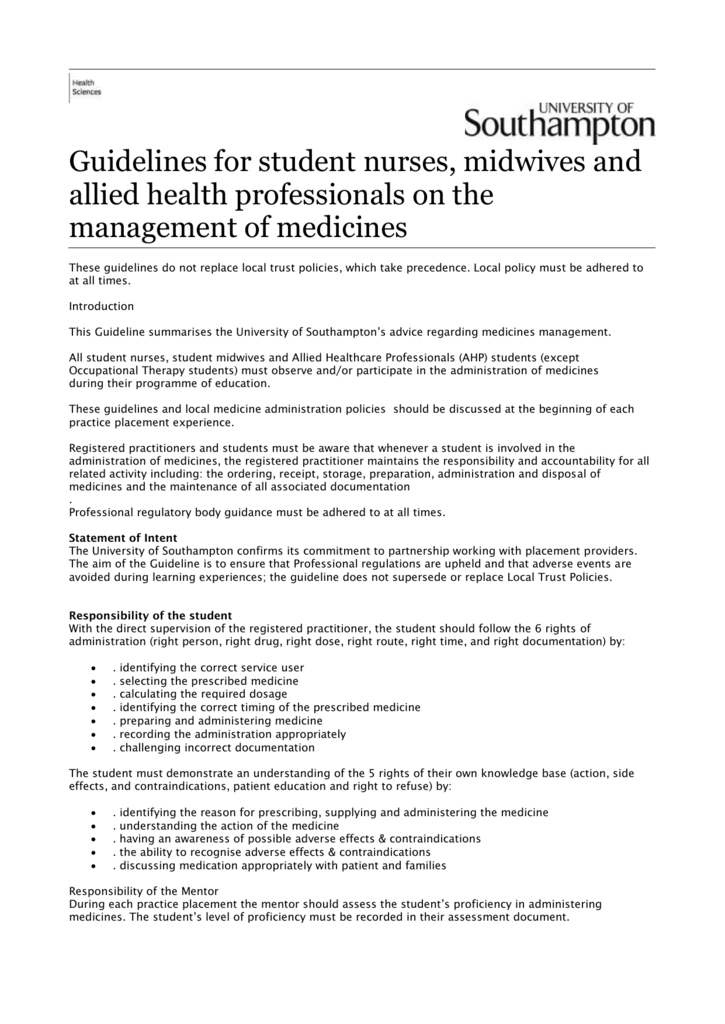
Guidelines for student nurses, midwives and allied health

10 Strategies for Preventing Medication Errors - Minority Nurse

pts When phoning in a prescription the allied health professional should ask | Course Hero

PDF) Reducing drug errors by engaging student nurses in medication management simulation

PDF) Delegation of medication administration: an exploratory study
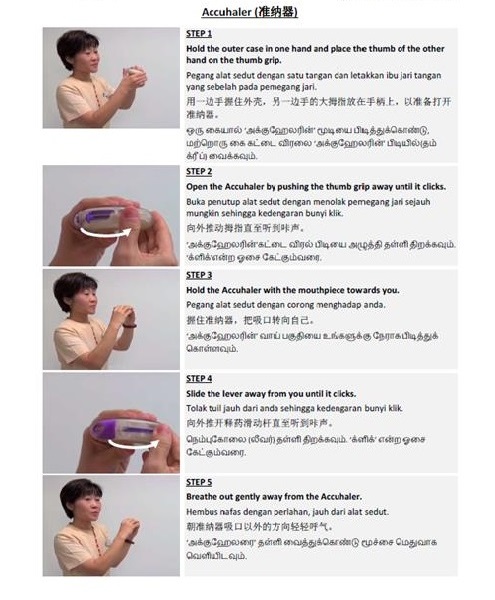
accuhaler, how to use and administer a dose

Medication administration evaluation tool design: An expert panel review - Collegian

Family involvement in managing medications of older patients across transitions of care: a systematic review | BMC Geriatrics | Full Text

PDF) Effectiveness of a Do not interrupt' bundled intervention to reduce interruptions during medication administration: A cluster randomised controlled feasibility study
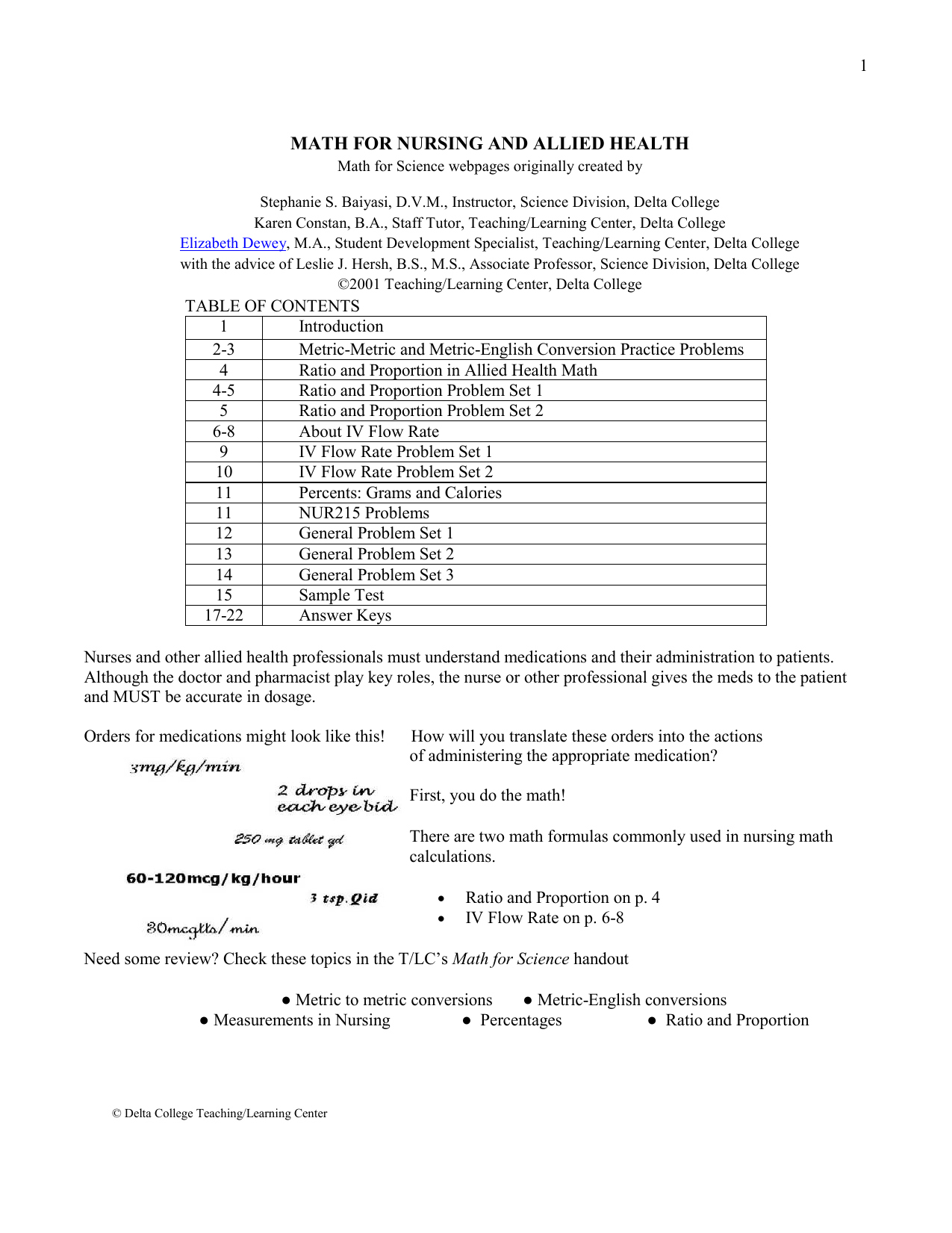
math for nursing and allied health

PDF) The allied health professions and health promotion: a systematic literature review and narrative synthesis.
PHARMACEUTICAL CARE SERVICES GUIDELINES 2019

Medicine vs. Allied Healthcare: What's the Difference? | AIMS

PDF) How are allied health notes used for inpatient care and clinical decision-making? A qualitative exploration of the views of doctors, nurses and allied health professionals
1 Medicines and Related Substances Control Act 101 of 1965 after amendment by the Medicines and Related Substances Control Amend
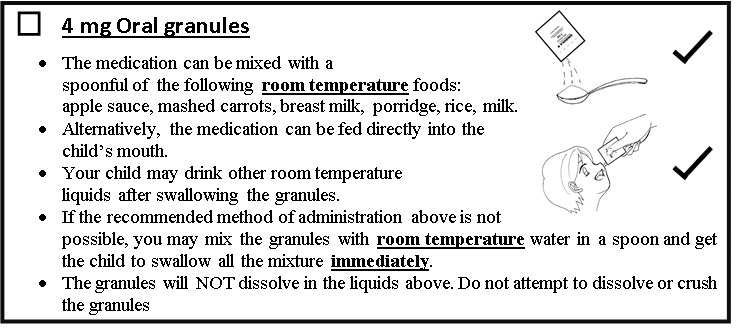
Montelukast - Dosage and How To Use
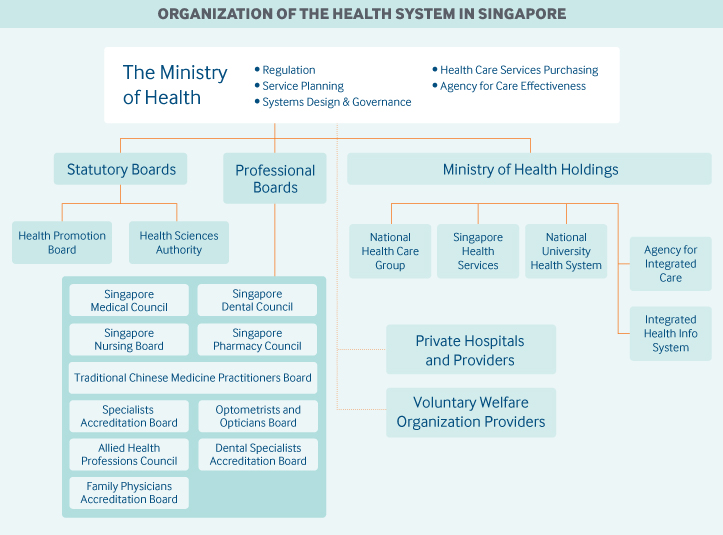
Singapore | Commonwealth Fund
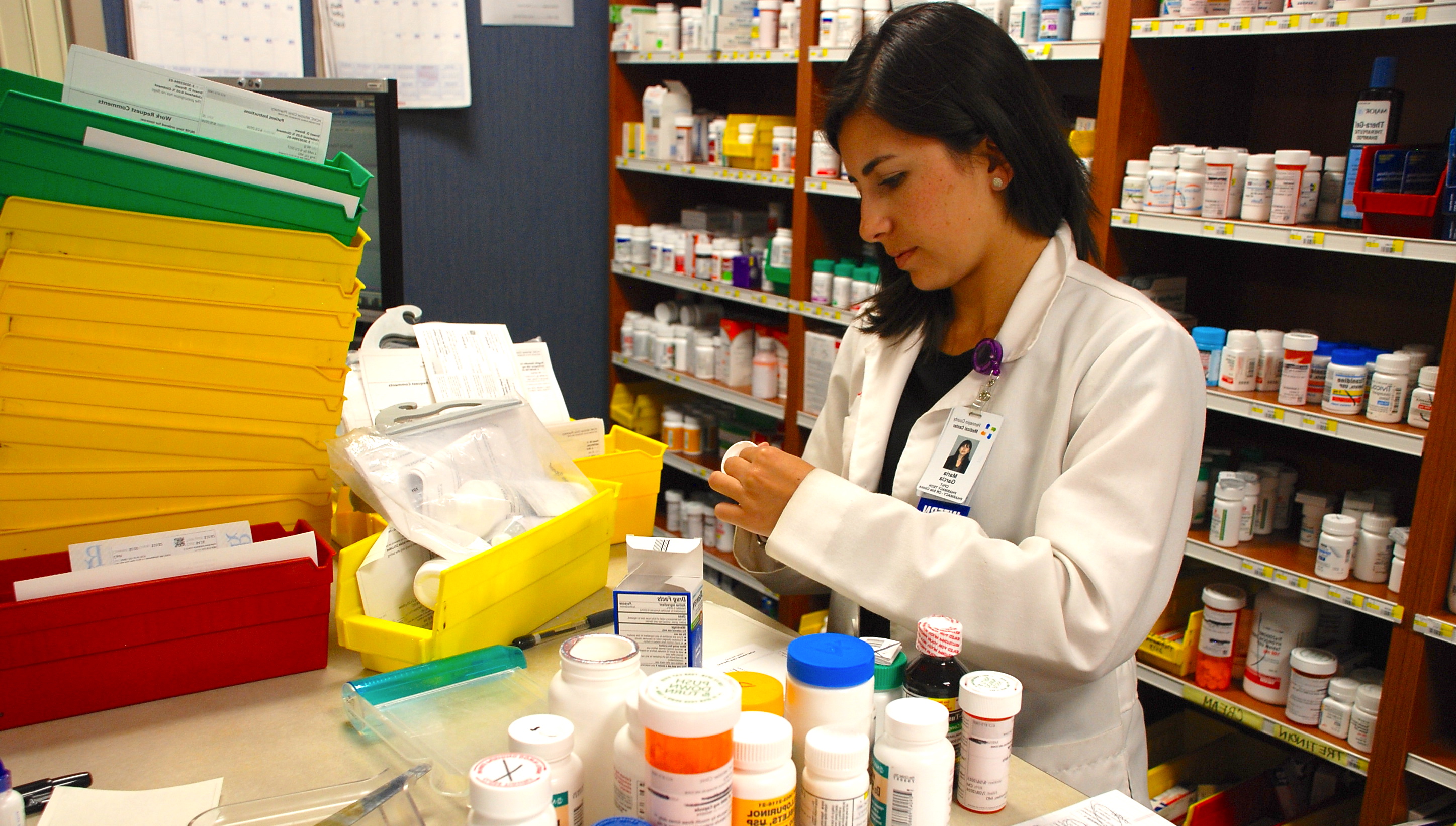
Allied health professional - Career review
SERVICE REQUIREMENTS FOR HOME CARE SERVICES

Effectiveness of a 'Do not interrupt' bundled intervention to reduce interruptions during medication administration: a cluster randomised controlled feasibility study | BMJ Quality & Safety
Perspectives of healthcare professionals in Qatar on causes of medication errors: A mixed methods study of safety culture

PDF) Nurses' knowledge of pharmacology behind drugs they commonly administer

PDF) The Administration and Supply of Controlled and Restricted Medication by Nurses in Rural and Remote Queensland
Untitled
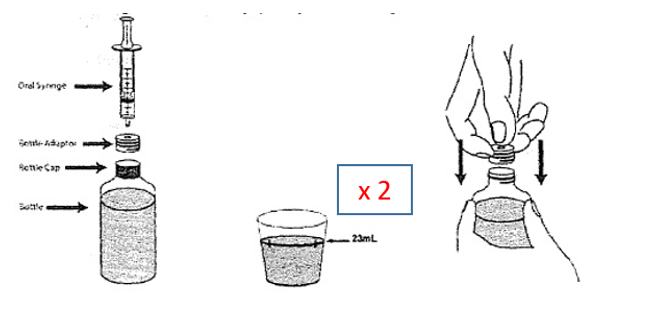
Voriconazole Suspension - Dosage and How to Use

Is it acceptable to put your parents in a nursing home? - The Care Issue
Medication Administration Safety - Patient Safety and Quality - NCBI Bookshelf

The importance of pharmacology in nursing - HealthTimes

Poster Abstracts - 2020 - International Journal of Pharmacy Practice - Wiley Online Library
Perceptions and Attitudes towards Medication Error Reporting in Primary Care Clinics: A Qualitative Study in Malaysia
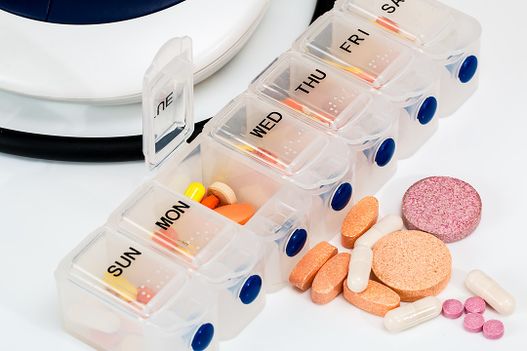
Polypharmacy - Physiopedia
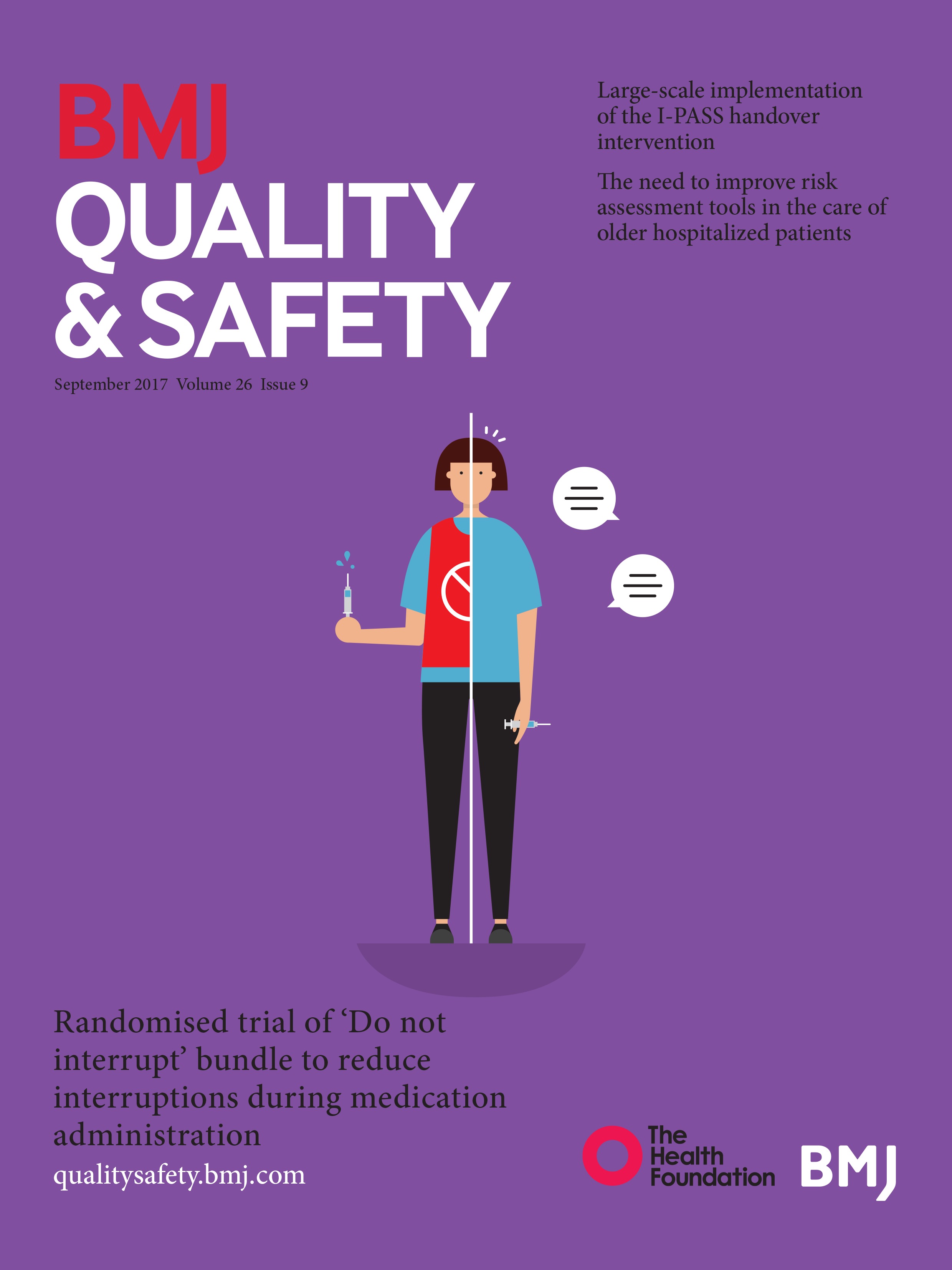
Effectiveness of a 'Do not interrupt' bundled intervention to reduce interruptions during medication administration: a cluster randomised controlled feasibility study | BMJ Quality & Safety

PDF) Medication management in intellectual disability settings: A systematic review

Administering Medications - Standalone book: 9780073513751: Medicine & Health Science Books @ Amazon.com

Need more allied health professionals- The New Indian Express
Untitled

Diazepam Rectal Administration - Dosage and How to use
Posting Komentar untuk "the allied health professional should not administer medications"